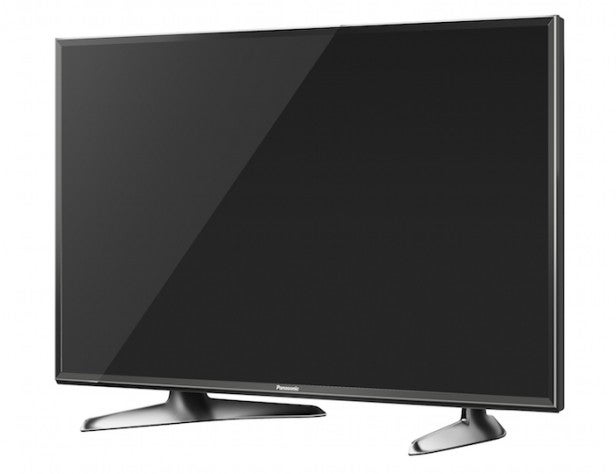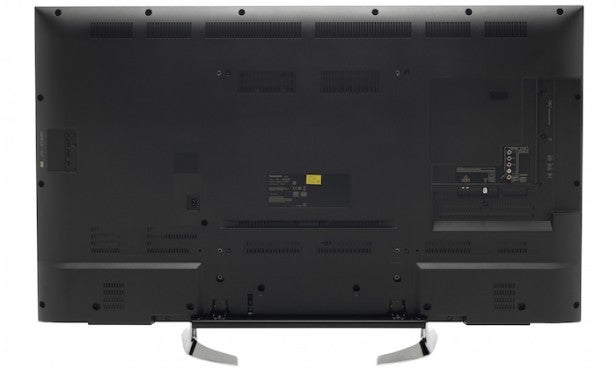Panasonic TX-55DX600B Review - Picture Quality Review
Picture Quality
Just because it's cheap doesn't make it good

Sections
- Page 1 Panasonic TX-55DX600B Review
- Page 2 Picture Quality Review
- Page 3 Sound and Conclusions Review
Panasonic TX-55DX600B – Picture Quality
The TX-55DX600B isn’t exactly a stellar performer by Panasonic’s customarily high standards. The heart of the problem is that it can’t deliver a convincing black-level performance. Its IPS panel just doesn’t offer the same sort of backlight control capabilities of rival VA panels, and the result is that dark scenes look greyed over, forced or unstable – depending on the combination of settings you’re using.
The lack of native contrast means there are secondary issues with missing shadow detail and unnatural-looking colour tones in dark scenes, too, making such content both uncomfortable to watch and pretty starkly different in tone to bright scenes.
Related: Best 4K TVs 2016
Black levels and dark colour toning only improves if you reduce the backlight output heavily, but the amount of brightness you have to remove from images to even begin to address the TV’s issues leaves them looking depressingly dull – as well as costing you a good deal of subtle shadow detailing.
Another issue related to the infusion of greyness into the TX-55DX600’s dark pictures is that on occasion colours in dark areas take on a much cooler tone than they should.
The TX-55DX600B’s pictures also lack of finesse when it comes to handling colour tones in both dark and light scenes. This is particularly obvious with skin tones when using either of the necessary mid or high Adaptive Backlight settings; people’s faces are left looking waxy and mannequin-like, even when watching a 4K source.

The TX-55DX600B struggles a little with its motion handling too. Moving objects in the image tend to look rather soft or rather juddery, depending on whether or not you’re using the IFC processing. This issue is especially noticeable when watching native 4K sources, where any loss of resolution stands out like the proverbial sore thumb.
Panasonic has proven with other sets in its range that it knows its way around the tricky business of upscaling native HD sources to Ultra HD resolution. So it’s no great surprise to find the TX-55DX600 leaving upscaled material looking clean, slightly more detailed than it does on an HD TV, and naturally toned despite the obvious difficulties in adding so many coloured pixels to an HD source.
I should add, though, that the upscaled images look only slightly higher in resolution than the original HD ones, and that unlike the best upscaling systems, the TX-55DX600B’s upscaled images don’t retain much sense of the natural grain a source may have contained.
I should add that during the TX-55DX600’s bright shots the set is actually pretty decent, offering up bold colours, plenty of brightness and, yes, a slightly wider effective viewing angle than you get with TVs that use VA panels.
However, I don’t really see this slight viewing angle advantage as enough of a reward over the many picture quality issues that are a result of the TX-55DX600’s IPS panel.
How we test televisions
We test every TV we review thoroughly over an extended period of time. We use industry standard tests to compare features properly. We’ll always tell you what we find. We never, ever, accept money to review a product.

